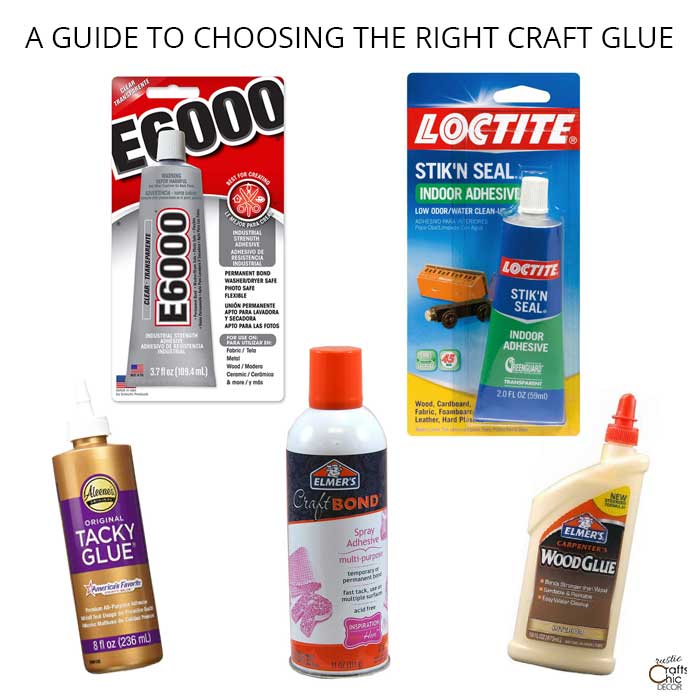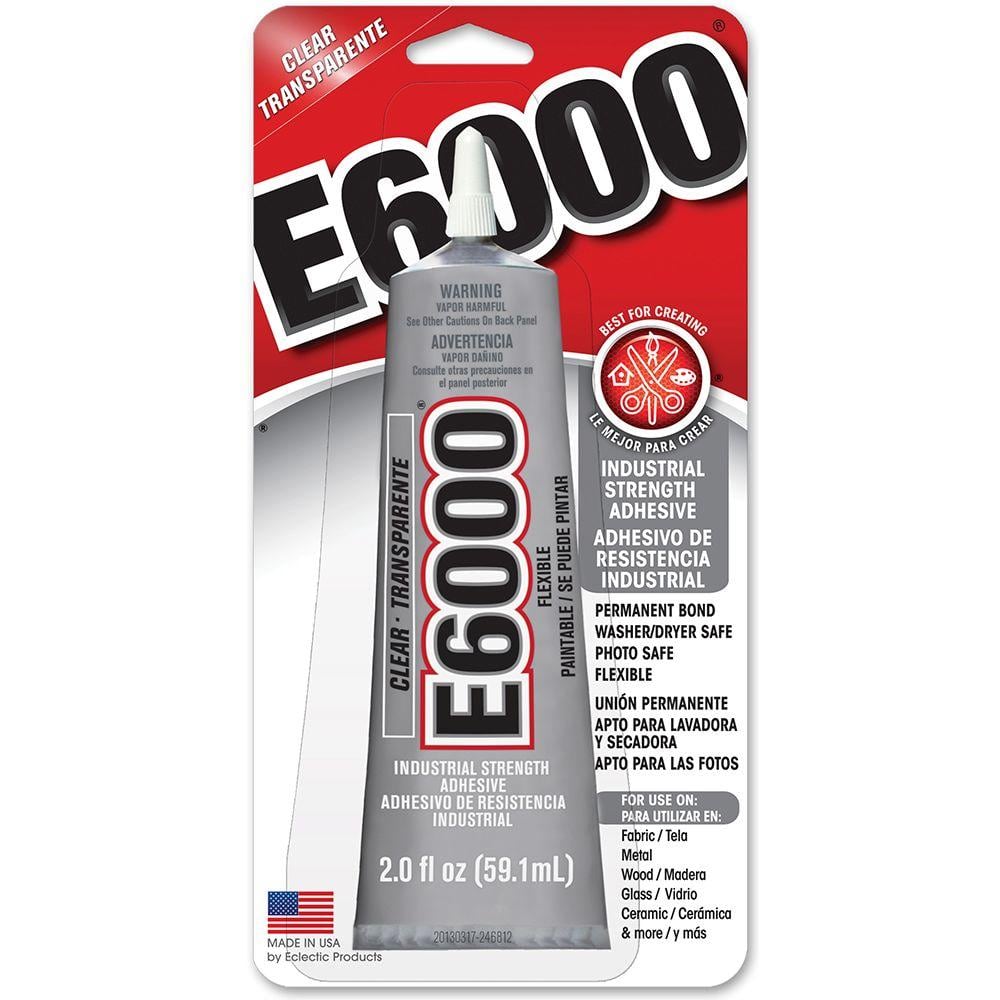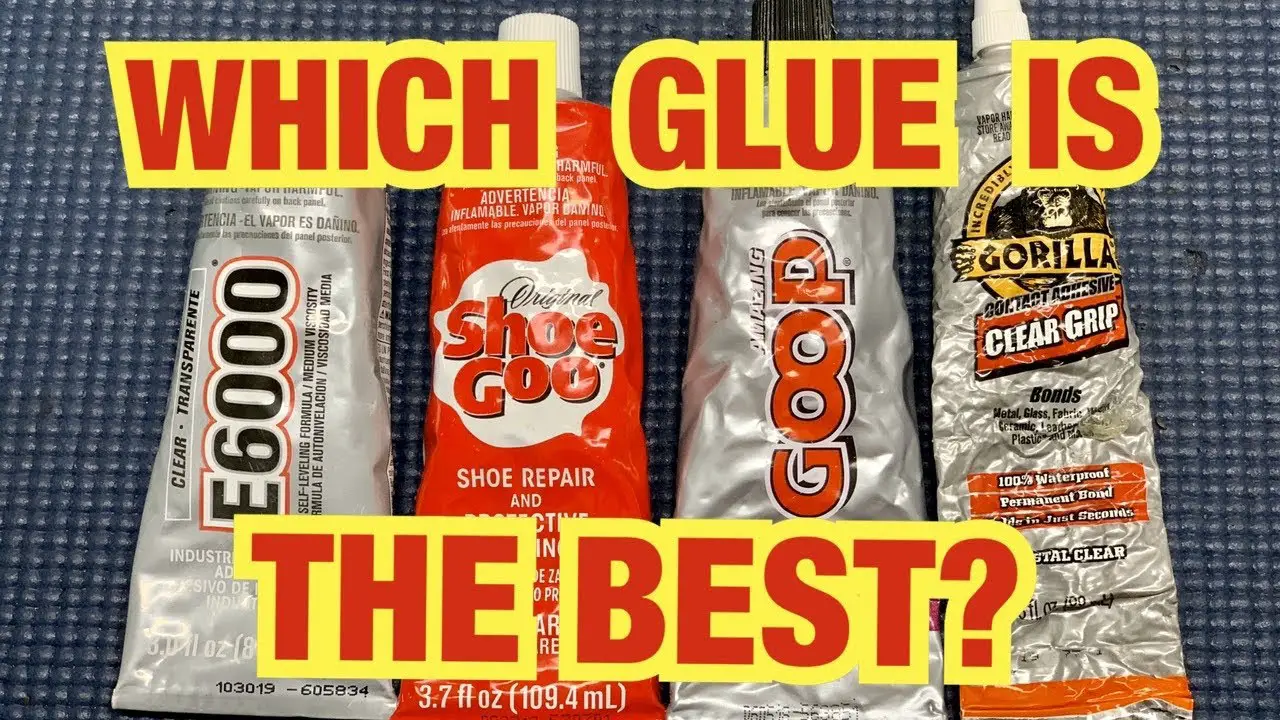E6000 and Loctite are two popular adhesive brands, each with their own unique characteristics and uses. E6000 is known for its exceptional strength and flexibility, making it ideal for bonding different materials together.
On the other hand, Loctite offers a wide range of adhesive products, catering to specific needs such as metal bonding, plastic repairs, or general household applications.
Both E6000 and Loctite have their strengths and weaknesses, so choosing the right adhesive depends on the specific project and materials being used.
Contents
History Of E6000 And Loctite
E6000 and Loctite are two well-known adhesive brands that have been widely used for various applications. Understanding the history of these two products can shed light on their origins, development, and impact on the industrial and consumer markets.
This section will delve into the origins of E6000 and Loctite, providing insight into the path that led to their current status as highly regarded adhesives.
E6000 Origins
E6000, a popular adhesive in the crafting and DIY communities, has a rich history dating back to its development in the 1970s.
Originally formulated by Eclectic Products, E6000 was created with the intention of providing a versatile and strong adhesive solution for a wide range of materials.
Its unique properties and durability have made it a trusted choice for hobbyists, artisans, and professionals alike.
Loctite Origins
Loctite, another industry leader in adhesives and sealants, has a storied history that traces back to 1953. The brand was founded by Vernon Krieble, who invented the original anaerobic threadlocking technology that revolutionized the industry.
Over the years, Loctite has expanded its product line to include a wide array of adhesives and sealants, catering to industries such as automotive, aerospace, construction, and more.
Composition And Characteristics
When it comes to adhesive solutions, two popular names that often come up are E6000 and Loctite. Both offer excellent bonding properties, but understanding their composition and key characteristics can help you make an informed decision.
E6000 Composition
E6000 is a versatile adhesive that is known for its strength and durability. It is composed of a unique and resilient formula that consists of chemicals like acetone, propane, and butane.
These chemicals work together to create a strong bond, making E6000 ideal for a wide range of materials including glass, fabric, metal, wood, and plastics.
Loctite Composition
On the other hand, Loctite is another popular adhesive known for its reliability and versatility. The composition of Loctite varies depending on the specific product, but many formulations consist of chemicals like ethyl cyanoacrylate and methyl cyanoacrylate.
These chemicals provide excellent adhesive properties, allowing Loctite to bond various materials such as metal, plastic, rubber, and ceramics.
Key Characteristics Of E6000
E6000 is known for its outstanding features that make it a preferred choice for many applications.
Some key characteristics of E6000 include:
- High strength and durability
- Flexible bond that can withstand vibrations and impacts
- Waterproof and resistant to extreme temperatures
- Transparent and paintable when cured
- Can be used for both indoor and outdoor projects
Key Characteristics Of Loctite
Loctite also offers several notable characteristics that make it a reliable adhesive option.
Some key characteristics of Loctite include:
- Fast bonding time with quick setting properties
- Excellent resistance to moisture, heat, chemicals, and aging
- Strong and durable bonds
- Easy to apply with different application methods
- Versatile and suitable for various materials and surfaces
Both E6000 and Loctite have their unique advantages and can effectively bond different materials.
Understanding the composition and key characteristics of each adhesive can help you choose the right one for your specific needs and applications.
Applications
E6000 and Loctite are two commonly used applications for various purposes. Each has its own set of strengths and is suitable for different projects, making them valuable choices for adhesive needs.
With their unique properties, users can confidently select the right product for their specific requirements. Applications When it comes to adhesives, understanding their specific applications is crucial.
Let’s explore the common uses of E6000 and Loctite. Common Uses of E6000 E6000 is a versatile adhesive that can be used for various applications.
Its common uses include:
Bonding: Effectively bonds a wide range of materials such as wood, metal, glass, ceramics, and fabric.
Sealing: Provides a durable seal, making it suitable for sealing cracks and gaps in different surfaces.
Crafts and DIY Projects: Ideal for crafting and DIY projects, including jewelry making and repairing household items.
Common Uses of Loctite Loctite is known for its strong, reliable bond and finds applications in numerous scenarios, such as:
Threadlocking: Used to secure and seal threaded fasteners to prevent loosening due to vibration.
Gasketing: Creates a reliable seal for various flanges and joints, providing resistance against fluid and gas leakage.
General Repairs: Well-suited for general repairs, from fixing metal to bonding plastic components. In conclusion, understanding the applications of E6000 and Loctite is essential for choosing the right adhesive for your specific needs.
Strength And Durability
E6000 and Loctite are renowned for their strength and durability. Let’s delve into the specifics of each adhesive’s capabilities.
Strength Of E6000
E6000 is known for its excellent bonding strength on various materials, including wood, metal, and plastic.
Strength Of Loctite
Loctite offers high tensile strength and robust adhesion, especially on metal surfaces.
Durability Of E6000
E6000 provides long-lasting durability, resisting harsh weather conditions and maintaining bond integrity.
Durability Of Loctite
Loctite exhibits exceptional durability even in high-temperature environments, ensuring a strong and lasting bond.
Drying Time and Curing
When it comes to choosing the right adhesive for your project, it’s important to consider the drying time and curing process of the options available.
Both E6000 and Loctite are popular choices for bonding a variety of materials. In this article, we’ll take a closer look at the drying time and curing process for both E6000 and Loctite, so you can make an informed decision for your next project.
Drying Time Of E6000
The drying time of E6000 varies depending on the thickness of the adhesive and the environmental conditions.
Generally, E6000 is touch-dry within 20 minutes to an hour. However, it’s important to note that the complete drying time can take up to 24 to 72 hours.
Drying Time Of Loctite
Loctite, on the other hand, exhibits a quicker drying time compared to E6000. Depending on the specific formula, Loctite can dry in as little as 10 to 20 minutes.
However, it’s recommended to allow the adhesive to fully cure for 24 to 48 hours before subjecting it to stress or load.
Curing Process Of E6000
The curing process of E6000 involves the evaporation of solvents in the adhesive, which allows it to harden and develop full bond strength.
It’s essential to give E6000 enough time to cure properly to ensure maximum performance and durability. During the curing process, the adhesive forms a strong, flexible bond with the materials it is applied to.
Curing Process Of Loctite
Similarly, the curing process of Loctite involves the evaporation of solvents. As the solvents evaporate, the adhesive forms a strong bond between the surfaces it is used on. It’s vital to allow the adhesive to cure fully to achieve optimal bonding strength.
In conclusion, both E6000 and Loctite require sufficient drying time and curing to achieve the desired strength and durability. While E6000 may have a longer drying time compared to Loctite, it compensates with its flexibility and versatility.
On the other hand, Loctite offers a quicker drying time, making it ideal for projects that require faster results. Ultimately, the choice between E6000 and Loctite depends on the specific needs of your project, including the materials you’re bonding and the timeframe you have available.

Environmental Impact
When choosing between E6000 and Loctite adhesive products, considering their environmental impact is crucial. Let’s delve into the eco-friendliness of these popular adhesives.
Eco-friendliness Of E6000
E6000 adhesive is known for its relatively low impact on the environment. It is non-toxic and does not emit harmful fumes, making it safer for both users and the environment.
Eco-friendliness Of Loctite
Loctite adhesive also strives to be ecologically responsible. However, some of their products may contain volatile organic compounds (VOCs), which can have a negative impact on the environment. Proper disposal is essential to minimize harm.
Overall, when it comes to environmental impact, E6000 appears to be the more eco-friendly choice between the two, with Loctite requiring more caution in handling and disposal to reduce its environmental footprint.
Cost Comparison
When comparing E6000 vs Loctite, the cost is an important factor to consider. Both adhesives offer different price points and value for money, so let’s delve into the cost comparison of E6000 and Loctite to help you make an informed decision.
Price Of E6000
E6000 is available in various sizes, ranging from small to large tubes and containers. The price of E6000 varies depending on the size and the retailer. On average, a small tube of E6000 can cost around $5, while larger containers can range from $10 to $20.
Price Of Loctite
Loctite also offers a range of sizes and packaging options, which affects its price point. The cost of Loctite can vary, but generally, a small tube or container of Loctite adhesive may be priced similarly to E6000, starting at around $5. Larger quantities or specialized formulations can cost between $10 to $30.
Value For Money
When considering the value for money, both E6000 and Loctite offer excellent adhesive properties that justify their respective price points.
However, the overall value for money depends on the specific project or application. It’s important to assess the adhesive’s performance, durability, and suitability for your needs to determine the best value for money.

User Preference And Reviews
User Experiences With E6000
E6000 adhesive has been a popular choice for DIY enthusiasts and professionals alike. Users often praise its strong bonding capabilities and versatility, making it suitable for a wide range of materials.
The adhesive’s flexibility and durability have also been commonly mentioned, with many users reporting that their projects remain intact even in challenging conditions. The ease of application and quick setting time are additional factors that have garnered positive reviews from users.
User Experiences With Loctite
On the other hand, Loctite adhesive has garnered a loyal following due to its reliability and precision. Users have highlighted its ability to bond various materials with ease, including metal, plastic, and wood.
Many users have also commended its resistance to temperature and moisture, making it suitable for both indoor and outdoor projects. The smooth application and neat finish have further contributed to favorable user experiences with Loctite.
Comparative User Reviews
Comparing user reviews for E6000 and Loctite reveals a diverse range of preferences based on the specific needs of different projects. While some users favor the versatility and flexibility of E6000, others appreciate the reliability and precision of Loctite.
Additionally, the decision often boils down to the specific materials being bonded and the environmental conditions the adhesive will be subjected to.
Ultimately, user reviews suggest that both E6000 and Loctite have their strengths, and the choice between the two often depends on the unique requirements of each project.
Frequently Asked Questions On E6000 Vs Loctite
Is Loctite The Strongest Glue?
Yes, Loctite is known as one of the strongest glues available due to its high bond strength.
Is E6000 Better Than Super Glue?
E6000 is more versatile and offers greater bonding strength than super glue. It is suitable for a wider range of materials, including fabric, leather, and wood. Moreover, E6000 forms a flexible bond, making it more durable and resistant to impacts and vibrations.
Is E6000 Very Strong?
Yes, E6000 is very strong and durable, making it suitable for various DIY, crafting, and industrial applications.
Which Is Better E6000 Or Hot Glue?
E6000 adhesive provides stronger, more durable bond compared to hot glue for long-lasting projects.
Conclusion
Ultimately, both E6000 and Loctite have their strengths and weaknesses. Depending on your specific needs, one may outperform the other in certain applications.
Consider the bonding capabilities, drying time, and flexibility to determine the best adhesive for your project. Experiment and find what works best for you.

